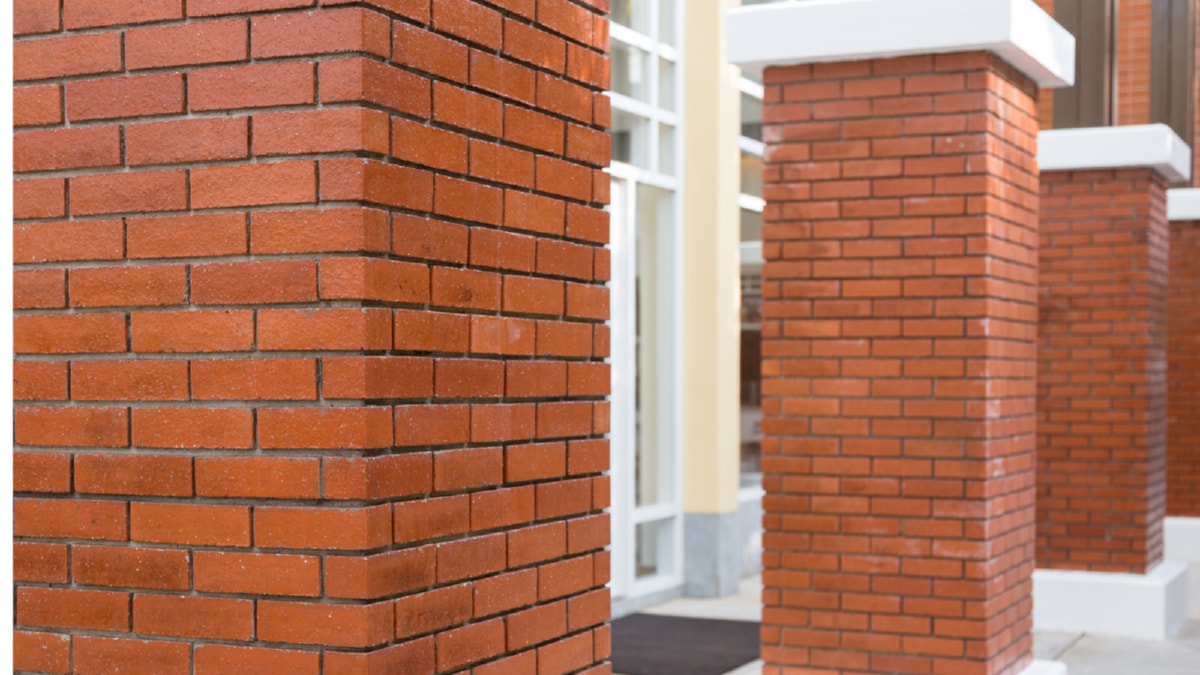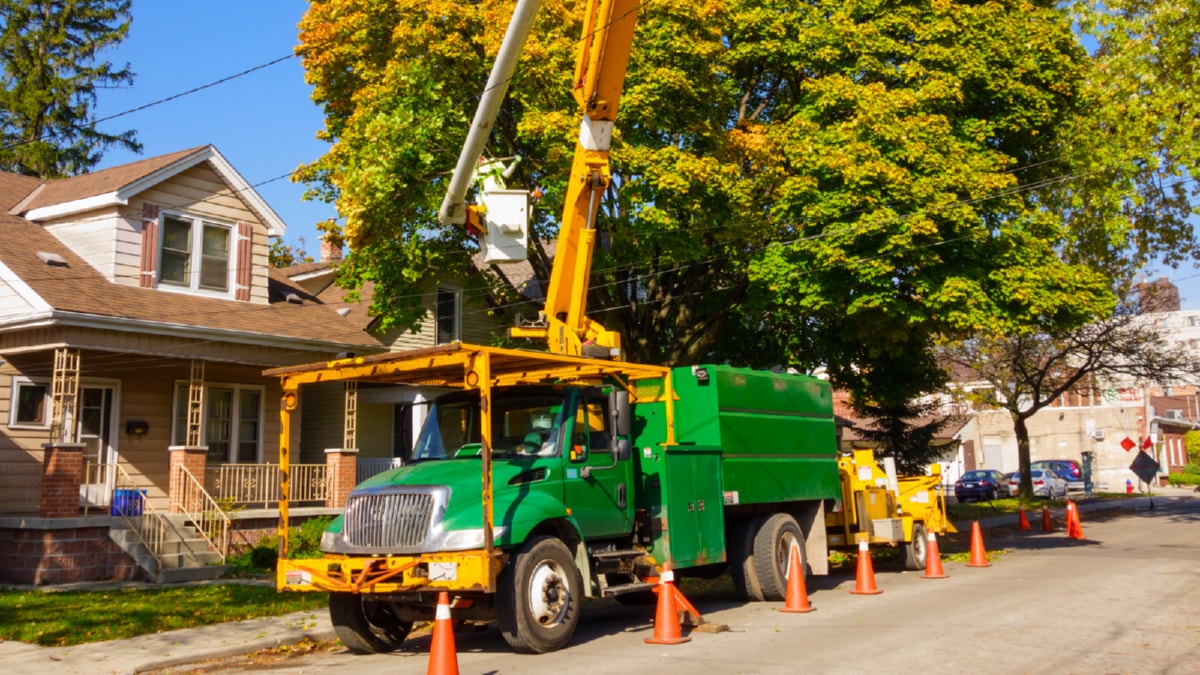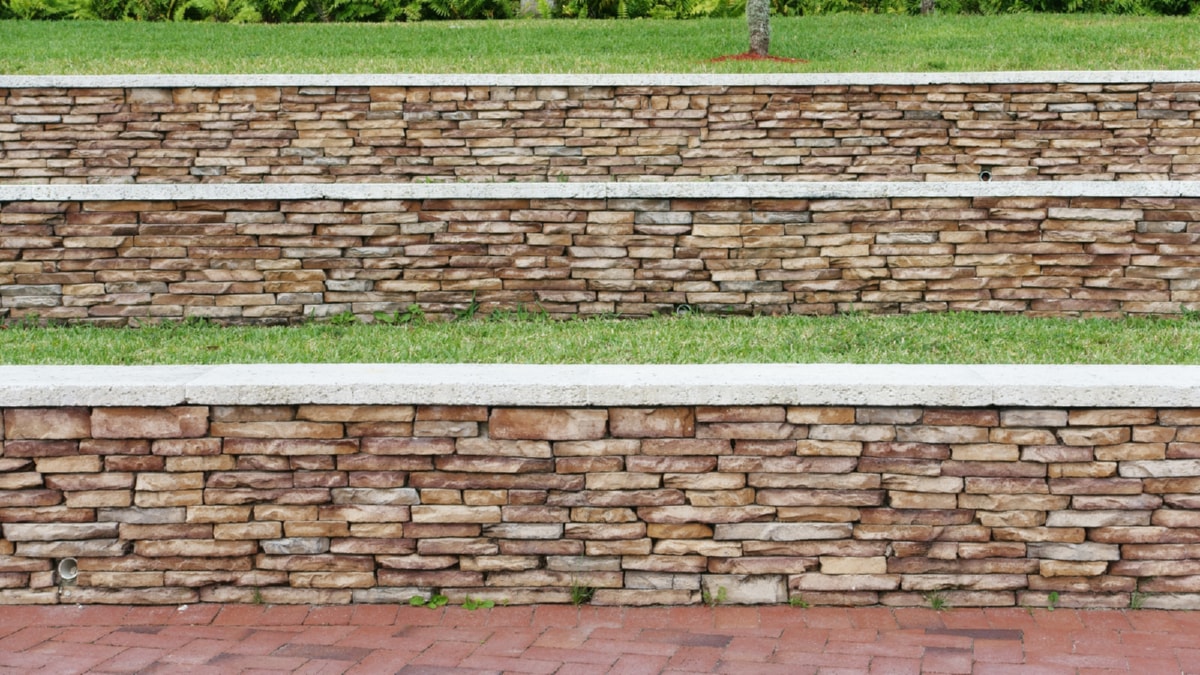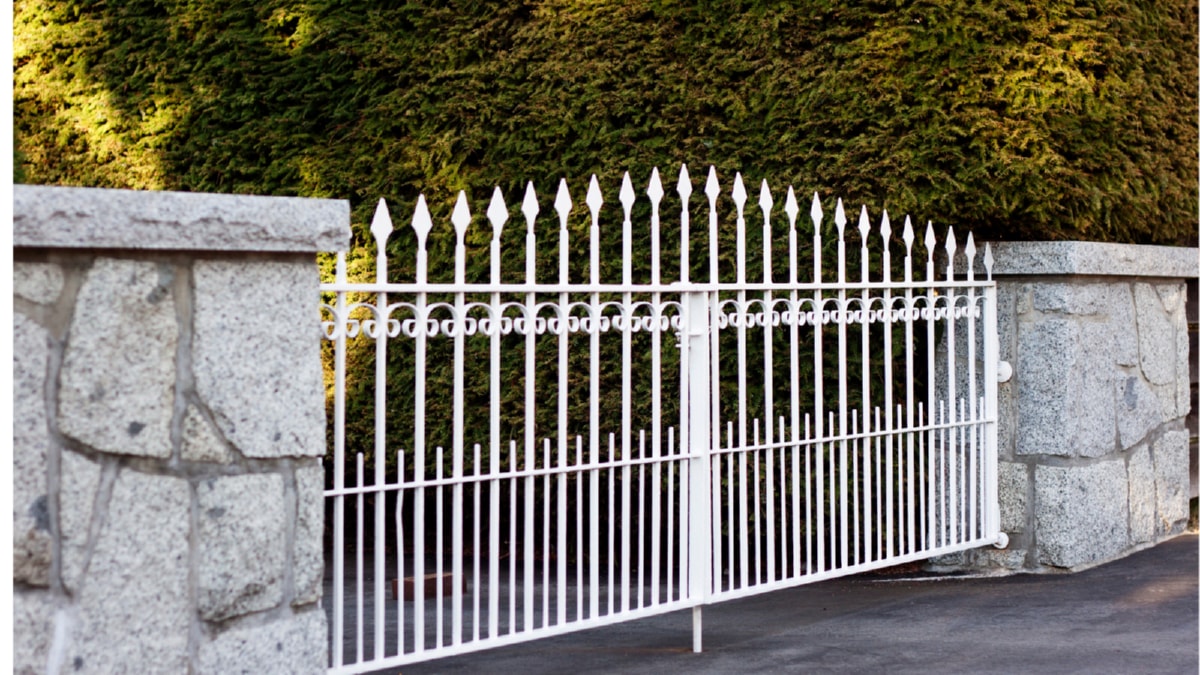Understanding the Fundamentals of Sustainable Construction: A Comprehensive Guide
In today’s era of growing environmental consciousness, sustainable construction has become a focal point for builders, architects, and homeowners alike. It’s an approach to building that seeks to minimize the harmful effects on the environment and promote health and comfort for those who inhabit these spaces.
Sustainable construction primarily revolves around three key principles. Firstly, the efficient use of resources. This involves leveraging resources to their full potential while minimizing waste. For example, using renewable energy sources like solar or wind power, or using recycled materials in building projects.
Secondly, environmental protection. This principle concentrates on minimizing the impact of construction activities on the environment. This can be achieved by using practices like waste management, implementing non-toxic materials, and reducing emissions during the construction process.
Thirdly, providing a healthy and comfortable living space. This concept focuses on enhancing the quality of life for those who occupy the buildings. It involves elements such as ensuring good indoor air quality, implementing materials that do not emit harmful substances, and creating a design that promotes natural light and ventilation.
Choosing the Right Construction Equipment: A Complete Guide
Selecting the right construction equipment is a crucial aspect of any construction project. The right equipment can improve efficiency, minimize construction time, and ultimately save costs.
When selecting equipment, consider the size and scope of your project. Larger projects may require more robust and powerful machinery, while smaller projects can be completed with simpler, more compact equipment.
Another important consideration is the nature of work to be done. Different tasks require different kinds of equipment. For instance, earthmoving tasks need equipment like bulldozers and excavators, while lifting tasks require cranes or forklifts.
Lastly, consider the cost and availability of the equipment. It’s important to balance the cost of the equipment with the budget for the project. In some cases, renting equipment may be more cost-effective than purchasing it outright.
In conclusion, understanding the fundamentals of sustainable construction and the importance of selecting the right construction equipment are both essential aspects of effective construction management. By focusing on these elements, you can ensure that your construction projects are both environmentally friendly and efficient.
For more details, check best construction service or visit their business listing here.



